As the world becomes more conscious of the impact of climate change and the need for sustainability, the travel industry has begun to feel pressure to adopt more eco-friendly and sustainable practices.
Eco-friendly and sustainable travel is becoming more important to travelers who want to ensure their trips are not damaging the environment. In this blog post, we will discuss how travel brands can become more sustainable and what they can do to reduce their carbon footprint.
The Importance of Eco-Friendly and Sustainable Travel
Eco-friendly and sustainable travel is important because it helps reduce tourism’s negative impact on the environment. The travel industry significantly contributes to carbon emissions, contributing to climate change. Sustainable travel practices can reduce the carbon footprint of travel, protect natural habitats and wildlife, and support local communities.
Appealing to the Eco-Conscious Traveler
Eco-conscious travelers are increasingly looking for travel brands that have sustainable practices. Travel brands can appeal to these travelers by promoting eco-friendly practices and offering sustainable travel options. For example, hotels can provide guests with reusable water bottles, use energy-efficient lighting, and reduce waste through recycling and composting.
The Price of sustainable travel.
According to recent survey results, sustainability in travel comes at a cost that not all consumers are willing to pay.
Booking.com’s recent research suggests that travelers struggle to balance their desire to save money with their inclination to make more sustainable choices. The study gathered insights from over 33,000 travelers across 35 countries and territories. It found that 40% of respondents anticipate environmental deterioration in the next six months, while 63% expect a worsening of the cost-of-living crisis. This creates a dilemma for travelers as they try to balance their priorities with the demands of daily life. They’re unsure what to prioritize as they work to reconcile what’s important to them with practical constraints.
In addition to cost, another survey found that nearly 70% of consumers were willing to forego convenience to become more sustainable travelers.
Travelers are now more than ever concerned about their impact on the environment and the communities they visit. Consequently, they seek reliable information and authentic commitments to inform their decisions.
Our latest report on trends in global travel provides insight into how sustainable travel can capture demand from mindful travelers, highlighting how travel brands can highlight sustainability initiatives to encourage awareness.
Reducing Carbon Footprint.
Aviation brands, cruiseliners, hotels, and tour services can reduce their carbon footprint by adopting sustainable practices. Airlines can invest in fuel-efficient planes, use biofuels, and implement carbon offset programs.
Cruiseliners can use renewable energy sources, install energy-efficient lighting, and reduce waste through recycling and composting. Hotels can install solar panels, use energy-efficient lighting, and reduce waste through recycling and composting.
Tour services can use eco-friendly transportation, such as bikes or electric cars, and promote sustainable tourism practices.
There are many opportunities for travel brands that embrace sustainability.
- Meeting consumer demand.
Travel brands that become more sustainable and eco-friendly can tap into the growing demand from consumers who want to reduce their environmental impact when traveling. - Differentiation.
By embracing sustainability and eco-friendliness, travel brands can differentiate themselves from competitors and build a unique brand identity that appeals to eco-conscious travelers. - Cost savings.
Sustainable practices can result in cost savings for travel brands in the long run, such as by reducing energy and water usage and minimizing waste. - Positive impact.
Travel brands embracing sustainability can positively impact the environment, local communities, and cultures they visit, enhancing their reputation and brand image.
There are also barriers and obstacles on the path to becoming a sustainable travel brand.
- Increased costs.
Becoming more sustainable and eco-friendly often involves significant upfront investments in technology, infrastructure, and employee training, which may increase costs for travel brands. - Consumer skepticism and greenwashing.
Some consumers may doubt the authenticity of travel brands’ sustainability claims, leading to skepticism or even mistrust. - Limited availability of sustainable options.
In some destinations, sustainable options may be limited, making it challenging for travel brands to provide eco-friendly products and services. - Regulatory compliance.
Travel brands may face additional regulatory requirements for sustainability and eco-friendliness, which can increase costs and administrative burdens.
Travel Brands profit by incorporating sustainability in their corporate strategy.
The pandemic has prompted some governments and companies to tout sustainability as part of their corporate strategy — or at least their future modus operandi.
Leading global travel brands have reduced their carbon footprint and promoted sustainable travel practices.
We already know driving sustainability awareness is good for brands. Expedia Group Media Solutions’ Q1 2022 Travel Trend Report revealed that, by the end of March, the 4,300 hotels that had signed the UNESCO Sustainable Travel Pledge experienced a week-over-week booking increase of almost 25%.
This compared favorably to a 15% increase for non-pledged hotels in 2022. Furthermore, the pledged hotels had higher average daily rates and longer lengths of stay than the global average across Expedia Group points of sale.
In the US, Delta Air Lines has committed to reducing its carbon footprint by 50% by 2050.
Intrepid Travel has pledged to become climate positive in the UK by 2025.
“Rather than overshadow the issue, the Covid-19 pandemic has roughly doubled the rate at which businesses and local governments commit to reaching net zero.”
Nora Lovell-Marchant, Vice President of Global Sustainability at American Express Global Business Travel.
In Singapore, Banyan Tree Hotels and Resorts has implemented sustainability practices in its properties. In Japan, ANA Holdings has invested in biofuels and electric planes.
In China, Ctrip has launched an eco-friendly hotel program. In Thailand, The Siam Hotel has implemented sustainable practices, such as using recycled materials in its construction.
In India, Lemon Tree Hotels has installed solar panels and implemented sustainable practices in its hotels.
Types of Sustainable and Eco-Friendly Travel.
Sustainable and eco-friendly travel can take many forms, including eco-travel, environmental, volunteer, and responsible tourism. Eco travel involves visiting natural areas while minimizing the impact on the environment. Environmental travel focuses on the conservation and protection of natural habitats and wildlife. Volunteer travel involves working on conservation or community projects. Responsible tourism involves traveling in a way that minimizes negative impacts on the environment and benefits local communities.
Business travel is a high-priority area in most organizations.
Sustainable practices are not only limited to leisure travel but also to business travel. Business travel significantly contributes to many organizations’ carbon footprint, and companies must adopt sustainable practices to reduce their environmental impact. As consumers become more eco-conscious, they expect organizations to prioritize sustainability in their operations, including business travel.
Importance of Sustainability in Business Travel.
Sustainability in business travel is essential for several reasons. Reducing the carbon footprint of business travel can help organizations achieve their sustainability goals and reduce their environmental impact. Sustainable business travel practices can also help companies save costs by reducing the number of trips, choosing sustainable airlines, hotels, and rentals, and using eco-friendly transportation options. Sustainable business travel practices can enhance organizations’ brand reputation, increasing loyalty from eco-conscious customers and employees.
Leading Companies and Sustainable Business Travel.
Leading companies have recognized the importance of sustainable business travel and have taken steps to reduce their carbon footprint. For example, Microsoft has pledged to become carbon negative by 2030 and has introduced a range of initiatives to reduce the carbon footprint of its business travel. These include encouraging virtual meetings, offsetting carbon emissions from flights, and using public transportation or electric cars for local travel.
In the travel industry, Hilton has introduced a range of sustainability initiatives in its hotels to reduce its environmental impact. These include reducing waste, conserving water, and using renewable energy sources. The company has also introduced a sustainability measurement tool that helps hotels to track and improve their sustainability performance.
In terms of transportation, Delta Air Lines has committed to becoming carbon neutral by 2030 and has introduced a range of measures to reduce its carbon footprint. These include investing in fuel-efficient planes, using biofuels, and introducing carbon offset programs for its customers.
Google’s eco-friendly search tool helps travelers cut through the industry greenwashing.
Google has been continuously introducing new features to help consumers choose sustainable options when using its services like Google Maps, Google Flights, and hotel search. In September 2022, the company announced the expansion of these efforts by introducing several new features enabling travelers to filter their searches and make sustainable choices when booking flights, hotels, and trains.
These new allow consumers to view eco-related information about their travel choices, such as estimated carbon emissions on flights and whether hotels have an ecolabel from a trusted third-party group.
Now, web searchers can filter their flight and hotel searches to remove non-sustainable options and book trains more easily through Google’s services.
To cater to eco-conscious air travelers, Google Flights adds a “Low Emissions” filter, allowing users to view flights with lower emissions than similar trips. When searching for hotels on Google.com/travel, users can click on a new “eco-certified” filter to browse a list containing only eco-certified properties.
What Companies Can Do to Ensure Sustainable Business Travel?
To ensure sustainable business travel, companies can take several steps, including:
- Encouraging virtual meetings: Virtual meetings can reduce the need for business travel, thereby reducing organizations’ carbon footprint.
- Choosing sustainable airlines, hotels, and rentals: Companies can choose airlines, hotels, and rentals with sustainable practices, such as using renewable energy sources, reducing waste, and conserving water.
- Using eco-friendly transportation options: Companies can use eco-friendly transportation options, such as public transportation or electric cars, for local travel.
- Reducing the number of trips: Companies can reduce the number of trips by encouraging employees to combine business and leisure trips or using video conferencing for internal meetings.
- Offsetting carbon emissions: Companies can offset carbon emissions from business travel by investing in carbon offset programs, which fund renewable energy projects and help to reduce carbon emissions.
Sustainable business travel is becoming increasingly important for organizations that want to reduce their environmental impact and meet the expectations of eco-conscious customers and employees. Leading companies have already reduced their carbon footprint and promoted sustainable business travel practices. Organizations can ensure sustainable business travel by encouraging virtual meetings, choosing sustainable airlines, hotels, and rentals, using eco-friendly transportation options, reducing the number of trips, and offsetting carbon emissions.
Organizations can achieve sustainability goals by prioritizing sustainability in business travel, saving costs, and enhancing their brand reputation.
The Future of Sustainable Travel.
The future of sustainable travel looks promising as more travel brands adopt sustainable practices and more travelers demand eco-friendly options. The use of renewable energy sources, such as solar and wind power, is expected to increase in the travel industry. Electric planes, trains, and cars will also become more prevalent. Travelers will continue seeking sustainable and eco-friendly travel options, and travel brands must adapt to meet this demand.
Eco-friendly and sustainable travel is becoming increasingly important to travelers who want to ensure their trips are not damaging the environment. By adopting sustainable practices, travel brands can reduce their carbon footprint and appeal to eco-conscious travelers. Leading global travel brands have already taken steps to reduce their impact on the environment, and the future of sustainable travel looks promising as more travel brands and travelers embrace eco-friendly practices.
Want to learn more about the latest travel and tourism trends? Download our report Navigating emerging trends in global travel and tourism, here.
Get regular insights
Keep up to date with the latest insights from our research as well as all our company news in our free monthly newsletter.
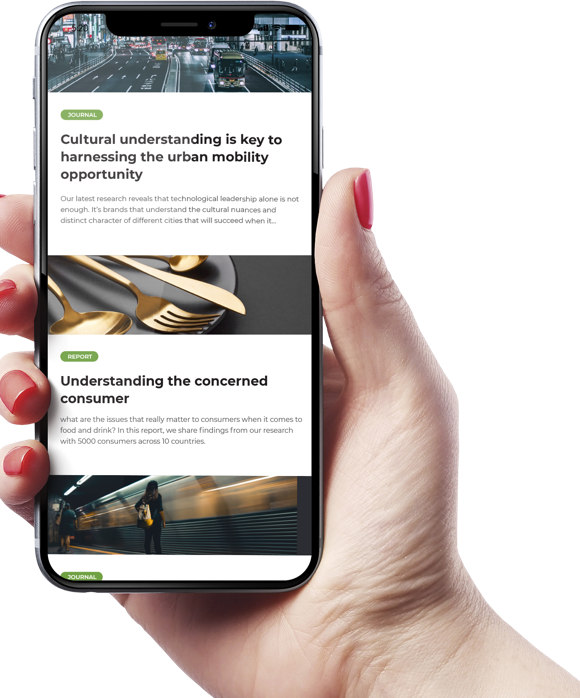
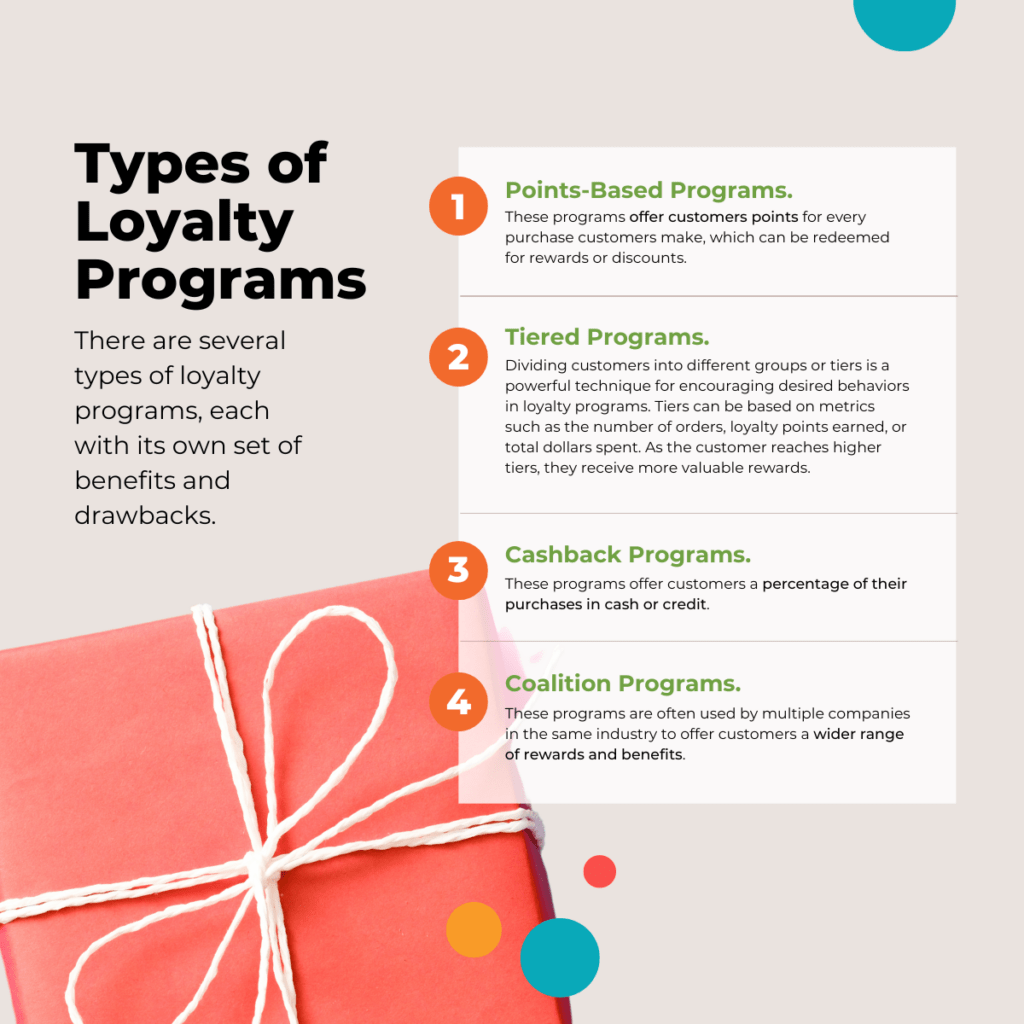

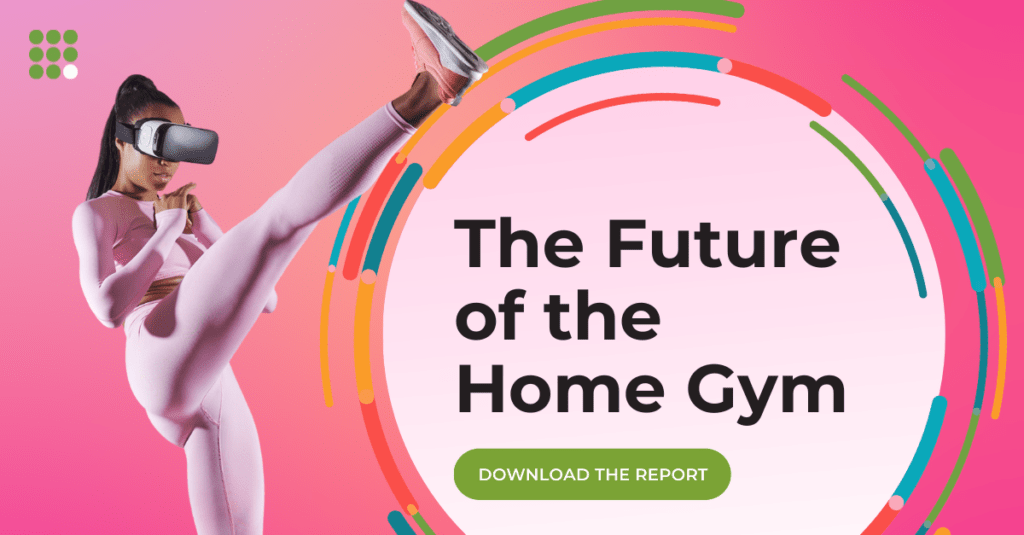
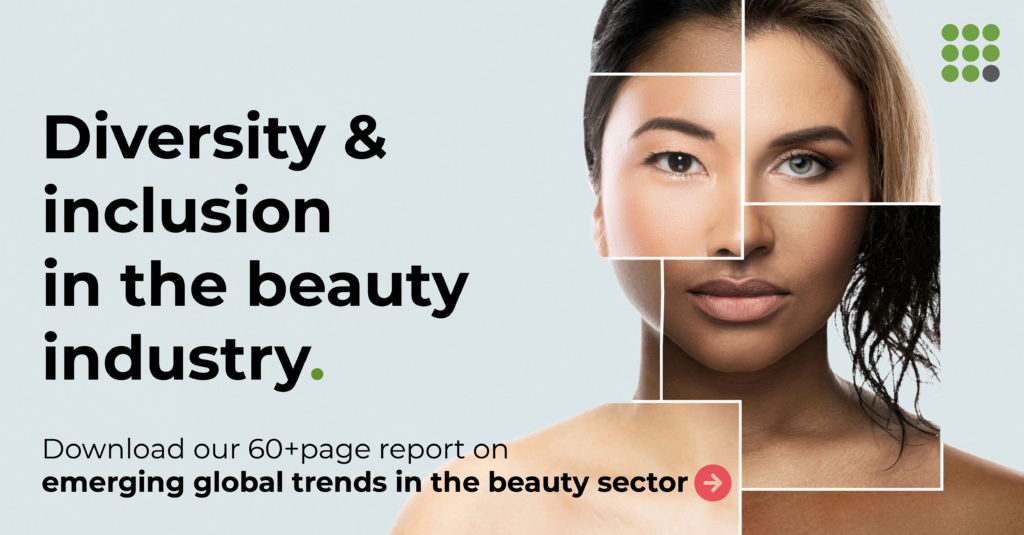







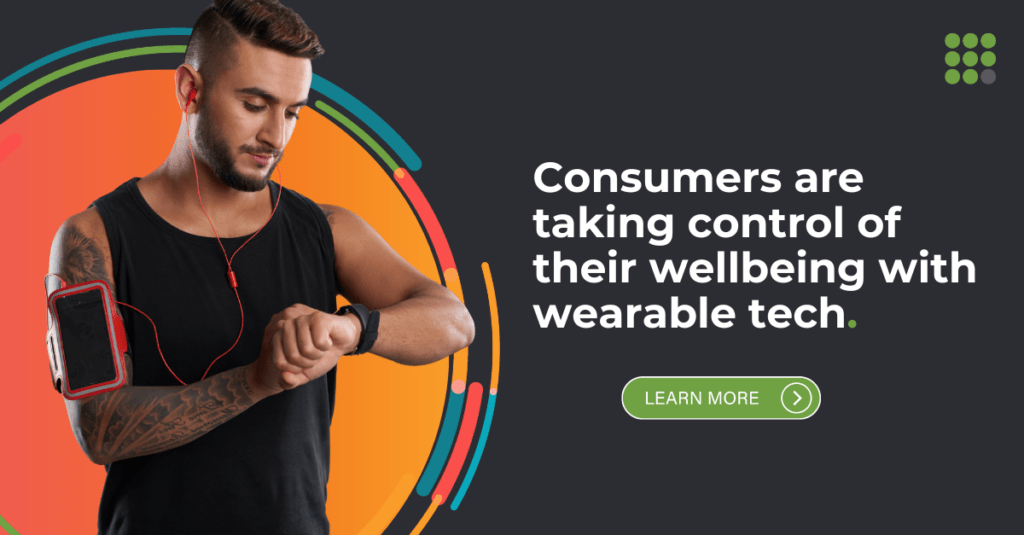

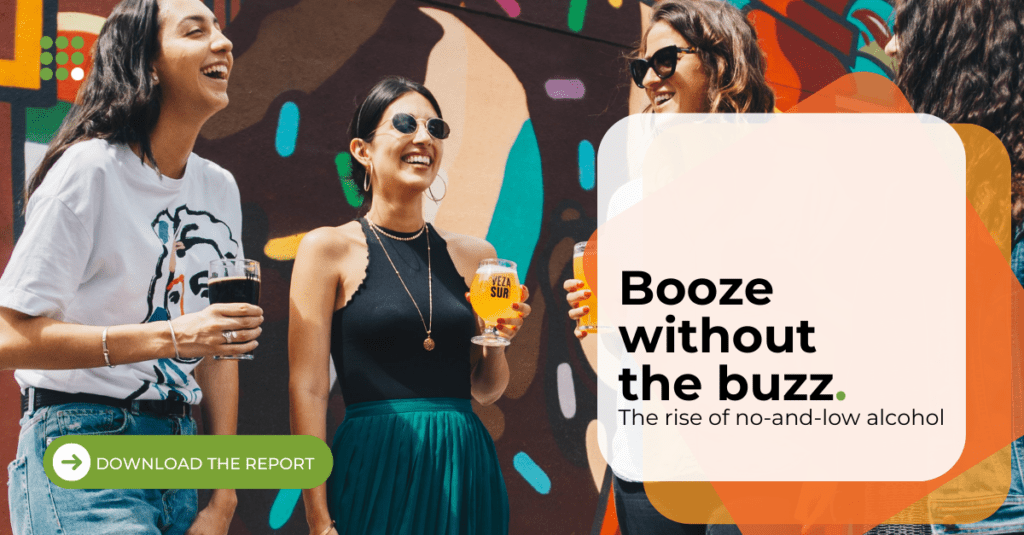




 Senior Marketing Executive
Senior Marketing Executive Sales & Marketing
Sales & Marketing Vital Strategies
Vital Strategies
 Customer Intelligence Director
Customer Intelligence Director